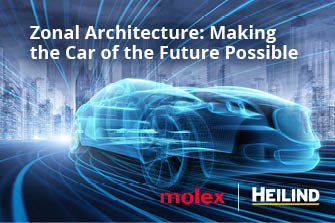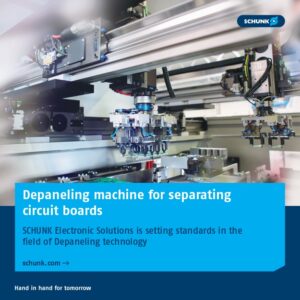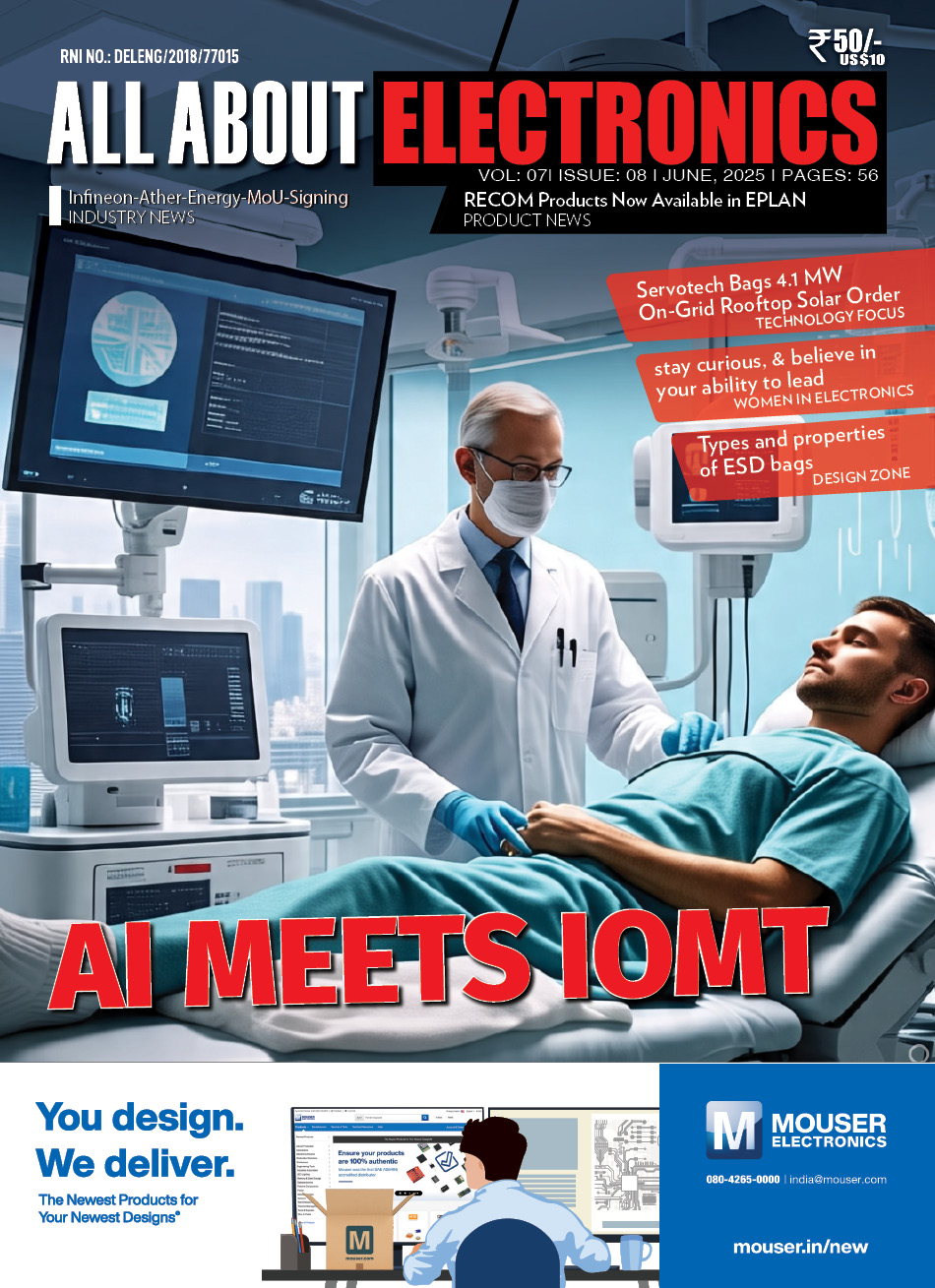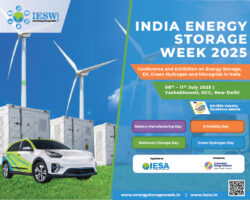Source : Mouser Electronics
The Internet of Things is certainly creating competition for the mantle of connecting “everything, everywhere, all the time”. The cellular industry is pitted against Low-Power Wide Area Networks (LPWANs) for IoT connectivity in general, to which now must be the government’s plan for Intelligent Transportation Systems (ITS). As always, to see why the ITS market is so important, you need to follow the money.
IoT is nothing if the billions of devices that form the core of IoT cannot connect to the outside world. Thus, the purveyors of the communications solution(s), hoping to overtake the tipping point of IoT market share, stand to make a bundle. LPWANs are one example where market share for IoT communications is possible, and another is the cellular industry (that is, wireless carriers). If LPWANs can be deployed fast enough, they should be able to retain a considerable share of this business even after the wireless industry later widely deploys its own IoT-centric capabilities. The IoT market includes IoT in the automotive industry, of course.
A similar situation exists in the world of ITS in which autonomous vehicles must be connected wirelessly to each other and to roadside sensors and other sources of input. In a rare moment of clairvoyance, the Federal Communications Commission, working with its counterparts in the European Union, set aside 75 MHz of bandwidth at 5.9 GHz in 1999 specifically for this purpose. Based on the IEEE 1609 Wireless Access in Vehicular Environment (WAVE) protocol and the European Telecommunications Standards Institute (ETSI) TC-ITS standards, it ultimately became known as IEEE 802.11p or Dedicated Short-Range Communications (DSRC).
That was 17 years ago, when cellular standards were entering their second generation, and plenty has transpired since then. Now, as we slide into the waning years of the fourth generation (4G), the cellular industry is about to embark on the most ambitious transformation in its history: 5G. The intention for 5G is to engulf all things connectable, including vehicles, placing itself in direct competition with the aforementioned IEEE 802.11p.
Unlike the LPWAN-versus-cellular contest however, the deck isn’t stacked so formidably in 5G’s favor, since 802.11p was created specifically for Vehicle-to-Vehicle (V2V) and Vehicle-to-Infrastructure (V2I) applications, which are collectively dubbed “V2X.” V2X also has been many years in the making, has been thoroughly tested, is essentially ready for deployment, and has massive support in automotive, telecommunications, consumer electronics, and other industries. Additionally, it will take 5G years before the cellular industry can reach the same level of “vetting” that 802.11p has today. The logical conclusion is that 5G will not be the communications conduit of choice for the transportation industry. However, the downside of 802.11p is that it concentrates primarily on safety applications, although others are at least considered.
Nevertheless, we are far from a “game-over” scenario in which 802.11p is the clear winner. The Third Generation Partnership Project (3GPP) that administers all things cellular just finalized its latest set of standards (Release 13) called “LTE Advanced Pro” or “4.5G” in July and IoT is prolific within those standards, including narrowband IOT (NB-IOT) dedicated specifically to meet IoT requirements. Release 14 that incorporates what its champions call “Cellular V2X (C-V2X)” may be ready sometime next year, and the first glimpse of what 5G should look like will appear in 2018 with Release 15 of the standard. The cellular industry is not ceding victory to 802.11p.
There are pros and cons for each of these contenders for automotive connectivity and IoT, a.k.a. V2X, and as in the competition with LPWAN, it is far too soon to determine which of these will claim the automotive IoT market. Since the transportation industry is highly regulated with regard to safety, especially, let us hope we have learned from the past. One standard would be more than nice, and this lesson was supposedly learned in 1970 on the Apollo 13 and again in the film about the incident in 1995. Different standards in CO2 absorber canisters made one round and another square for the lunar module and the service module in this mission. When the service module blew a hole it’s side, the crew was forced into the lunar module, and scavenging parts from the service module were a brilliant idea but exceedingly difficult to accomplish because you cannot fit a square peg in a round hole. (Literally, the lunar module needed round canisters and the service module had square ones.) But mankind has learned this lesson of how important it is to have matching standards. If the mission were to be aborted, they would just not use the “less important” lunar module, so there was no need to comply with the same standards as the service module. Yes, mankind has learned his lesson, thanks to Apollo 13.
As Pollyanna might say it, “Human kind will deliver one standard for automobile communication regardless of whether the purpose is strictly for safety or for entertainment, right?”
To learn more, visit www.mouser.com












